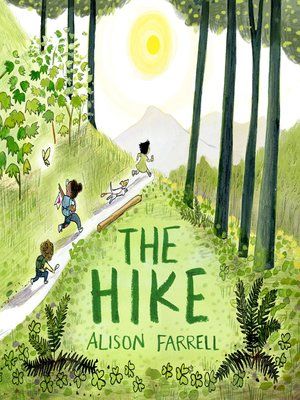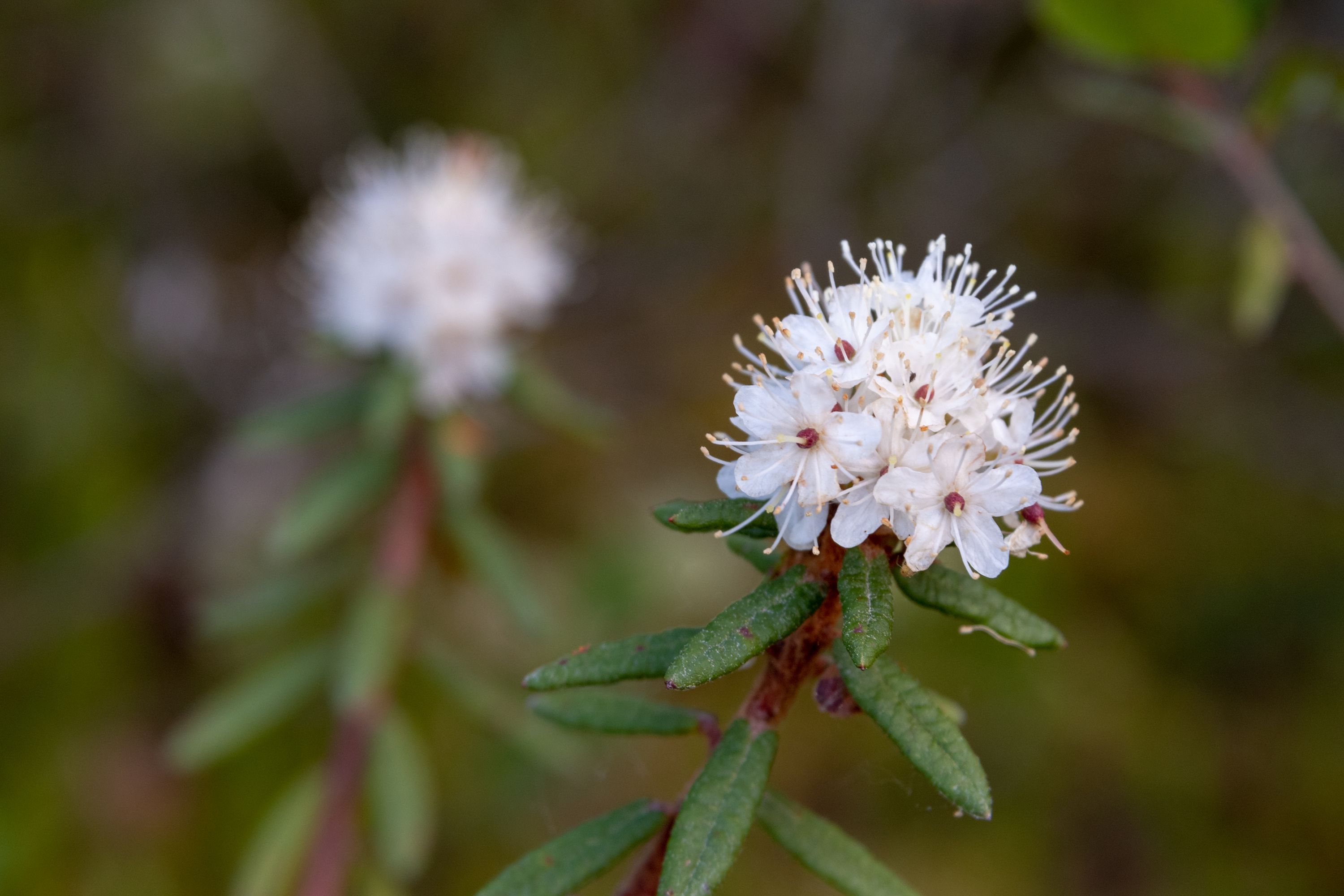Summer 2023 newsletter
Noticing the small things
Summer in the Yukon can feel hectic, full of things to do and places to go during the long, sunny days. It can also be a time to slow down and focus on the small things right in front of us. Do you notice colourful flowers, interesting insects, and whispering leaves?
The practice of mindfulness can help us slow down and focus. Mindfulness is being present in the moment. It is noticing and being aware of our feelings, sensations, and emotions. Practicing mindfulness can help bring calm and quiet to a busy day. It helps in developing both self-awareness and other-awareness. These are key social-emotional skills.
Early childhood educators can help children build social-emotional skills many ways. We can help them practice mindfulness. We can help children slow down, and notice what they see, hear and feel. Spending time outdoors is a great way to use mindfulness skills. Invite children to find a quiet spot where they can listen to the wind and birds. Outside, children can observe bugs crawling and climbing in the grass. They can feel the silky smoothness of wild rose petals. They can close their eyes and notice the wind gently blowing across their cheeks and through their hair.
As educators, we too can pause when outside. Pay attention to the sounds, sights, smells and feelings that being outside can bring you. Take a deep breath. And another. What do you notice?
The sky, the air we breathe, the water, everything about the world we live in, is something common to all beings on earth.
Dr. Affrica Taylor, professor
Bringing mindfulness outdoors
One of the best places to practice awareness and mindfulness is in nature
“Being mindful in nature can help children see the strength and beauty of nature through trees, wind, clouds and the sun. When practicing mindfulness, children can feel strong like the trees, flowing like the wind and warm like the sun. Children feel stronger and more confident by aligning themselves with nature. Their stresses will melt away.” (https://www.childhoodbynature.com/being-mindful-in-nature)
There are many sources to find ideas and scripts to support mindfulness for children outdoors. Here are a few:
Smile, breathe, and go slowly.
Thich Nhat Hanh, Buddhist monk and teacher
Mindfulness in practice: listening to children
Connecting to the B.C. Early Learning Framework
Early childhood educators practice mindfulness when we actively listen to the hundred languages of children. Paying attention and noticing all that children are expressing is a way to truly listen to and honour children’s voices. The B.C. Early Learning Framework defines the pedagogy of listening as an “approach to practice that means listening to the thousand languages, symbols, and codes we use to express ourselves and communicate” (B.C. Early Learning Framework, 2019, p. 47).
What does listening look like in practice? How can you develop your listening skills?
- Pause and prepare for listening
- Focus on the person in front of you
- Get down on the child’s level
- Reflect or repeat what the child says to be sure you understand
- Be patient – children may take longer than adults to find the right words
- Notice non-verbal messages and body language
- Listen with your eyes
Wise Old Owl
A wise old owl lived in an oak,
The more he saw the less he spoke.
The less he spoke the more he heard.
Why can’t we all be like that wise old bird?
~Traditional nursery rhyme
Do you know?
Yukon Environment can help you answer every Yukon wildlife question!
Do you have a classroom of curious wildlife fans? Do they have question after question about Yukon wildlife? Find all the answers to their questions on Yukon’s “Yukon wildlife” page. The site offers species information such as descriptions, facts, distribution, tracks and sound files. Visit the site to learn more about Yukon species from American Beaver all the way to Woodland Caribou (not quite A to Z, but close!).
Yukon wildlife | Government of Yukon
Yukon Environment publishes a variety of materials to help your curious biologists learn more about Yukon species. You can find paper copies at Yukon Environment (10 Burns Road, Whitehorse) and at Yukon Visitor Information Centre (100 Hanson Street, Whitehorse). You can also view PDF versions of their pocket guides (birds, butterflies, amphibians and more), “quick look” common Yukon wildlife posters, children’s activity books and colouring sheets.
View wildlife in the Yukon | Government of Yukon
If facts and pictures are not enough for your young outdoor enthusiasts, consider a field trip to Yukon Wildlife Preserve (Home - Yukon Wildlife Preserve)! Children will get face to face with Yukon’s favourite creatures and will have an experience they will never forget!
Book nook

"These young explorers demonstrate the best principles of time spent in the woods: observing, admiring, and learning. And, through their delightfully illustrated adventure, so do we.” – The New York Times
The Hike follows three children as they go off on an adventure together. As they wander through the woods, they notice the plants, animals, and bugs that surround them. The children bring a poetry notebook and a sketchbook to capture their observations with words and images.
The story inspires young children to notice the magic in their own backyards, and invites them to pay attention to the wonder and majesty of the natural world.
What will you bring with you as you follow children on their adventures? How will you capture their moments and memories with them?
Children should be encouraged to watch, patiently and quietly, until they learn something of the habits and history of bee, ant, wasp, spider, hairy caterpillar, dragonfly, and whatever of larger growth comes in their way.
Charlotte Mason, educator
Grow
“Children develop a sense of place when they connect with their local communities and outdoor environment. Educators can reflect on practices that enrich and deepen children’s relationships with place, land, and community.” (BC Early Learning Framework, 2019, p. 21)
Consider these reflective questions:
- How might I contribute to children’s reconnection with land and place? (p. 78)
- Can children engage with materials in ways that are meaningful to them? (p. 77)
- How can I encourage children to recognize that humans and the natural world are connected and mutually dependent on one another? (p. 90)
- What stories do children have of land, place, and the creatures and forms within it? (p. 90)

Explore
Activity idea
Go on a bug walk! Looking for bugs in various habitats is a way to slow down, focus and observe the natural world around you.
Possibilities include:
- Take a magnifying glass on your next adventure to observe bugs.
- Walk (or crawl!) slowly along a trail while focusing on noticing the bugs around you.
- Bring a guidebook to help identify the bugs you find!
- Pay attention to the different habitats bugs live in – sidewalks, gardens, leaves, under rocks, etc.
Document what you see. Take photos, draw pictures, write descriptions as children tell you what they observe.
If you truly love nature, you will find beauty everywhere.
Vincent Van Gogh, artist
Books to read:
- Hello, World! Backyard Bugs by Jill McDonald
- Mrs. Peanuckle’s Bug Alphabet
- The Backyard Bug Book for Kids by Lauren Davidson
- National Geographic Little Kids First Big Book of Bugs by Catherine Hughes
- National Geographic Kids Ultimate Bugopedia by Darlyne Markawski and Nancy Honovich
- The Big Book of Bugs by Yuval Zommer
- The Very Hungry Caterpillar by Eric Carle